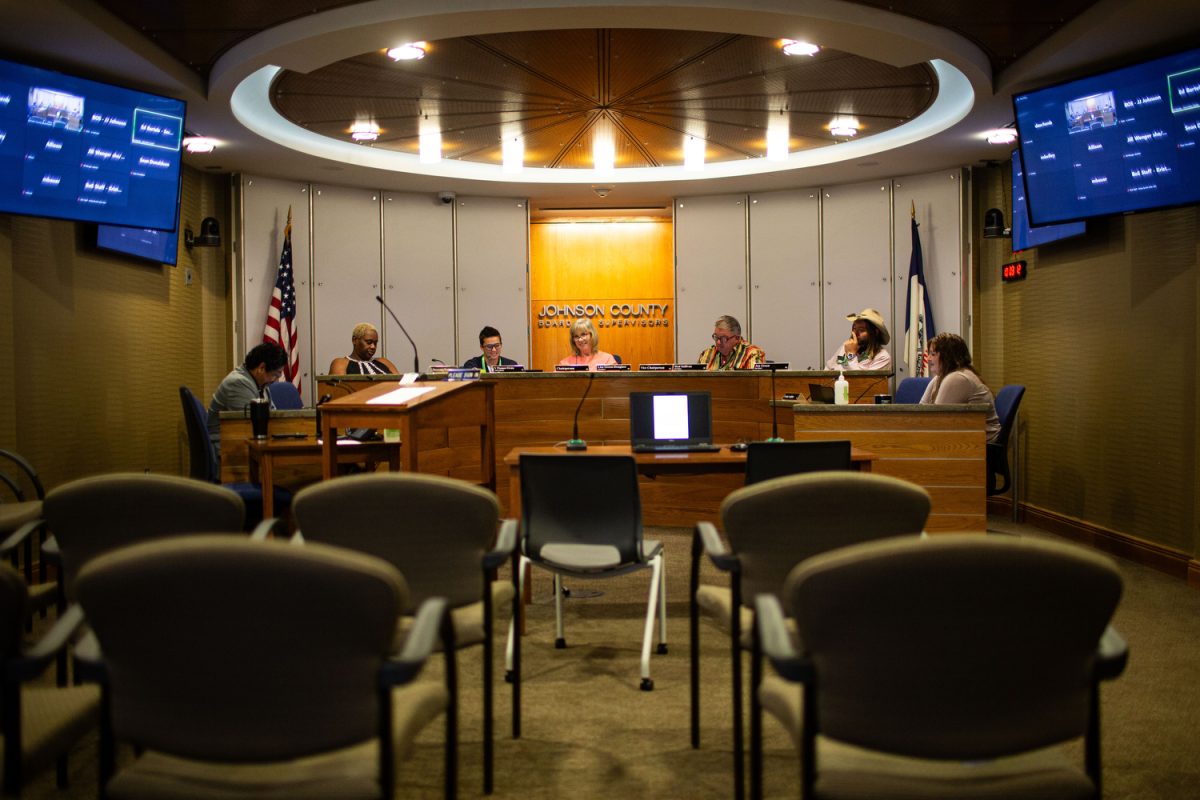In light of continually rising tuition costs, a recently developed plan by President Obama aimed at making college more affordable for the middle class has drawn both skepticism and praise locally.
The extensive release of this plan on Aug. 22, titled “A Better Bargain for the Middle Class: Making College More Affordable,” consists of three primary categories.
The first is linking financial aid to student and college performance. Second, the plan aims to promote innovation and competition by encouraging colleges to offer more affordable options and make college performance statistics more transparent to consumers. Third, the plan hopes to ensure student debt remains affordable by capping payments at 10 percent of monthly income.
Part of the plan will include a college-rating system to help students compare schools. The ratings will be determined by a variety of factors, including percentage of students receiving Pell Grants and scholarships, average tuition rates, and transfer rates. It also takes graduate earnings and the number of students pursuing advanced degrees after graduation into consideration.
Several local and state officials as well as students were skeptical of the rating system for fear of standardizing college education on a national level.
Rep. Chip Baltimore, R-Boone, said he is wary of the idea of rating schools in general.
While factors that would make up the rating system would be good for students and parents to consider, he said, bringing in governmental control relating to financial aid shouldn’t be a part of the equation.
“I don’t know how tying government financial aid to those metrics makes a whole lot of sense,” he said.
Timothy Hagle, a University of Iowa associate professor of political science, pointed out that not every college is intended to serve the same purpose or population.
Furthermore, he said, looking at salary statistics of entire universities might not give accurate depictions of the value of that school.
“Is that going to close off people who are going to be going into the arts because they most likely aren’t going to get a multimillion-dollar job?” he said. “This rating system will undoubtedly result in some schools manipulating their numbers to put their best face forward.”
He also questioned weather a school’s value should be determined by government or the market.
Rep. Ako Abdul-Samad, D-Des Moines, supports the president’s plan as a starting point for college affordability.
“There is no system that is perfect,” he said. “We would want to make sure that we don’t hurt colleges, but we have to start somewhere, and I think this is the beginning.”
Stephen Pradarelli, the director of University News Services, said on behalf of UI President Sally Mason, the university will continue to analyze the president’s plan.
“University of Iowa President Sally Mason fully supports affordability and accessibility in higher education and looks forward to studying the details of President Obama’s plan as they are rolled out,” he said.
One of the factors the rating system takes into consideration is six-year graduation rates. According to the UI Office of the Registrar’s most recent data from 2006, approximately 70 percent of UI students graduate in six years.
Michael Barron, the UI assistant provost for enrollment management and executive director of Admissions, referenced a recent study conducted by ACT for how students choose colleges.
The study found college distance from home was a major deciding factor, and he said students are staying closer to home because of the costs of traveling.
Barron said a university’s location heavily affects salary rates, tuition, and affordability. One existing in a high cost environment will have higher salaries across all kinds of fields than areas with a lower cost of living, he said.
“When you’re starting to do these gross generalizations, these are the confounding variables” he said.
Many fear that the plan does not properly address the issue of rising tuition rates and unintended consequences that could result from the plan.
Hagle said some people suggest rising tuition rates are tied to the increasing number of loans given out to students.
“There may be some aspects of it that may be helpful for some students, but it doesn’t change the challenges of affordability for the vast majority of students,” Baltimore said.
In an email response, Mark Warner, the UI assistant provost for Student Financial Aid, said it’s difficult to know at this point, without specific details of the plan, how the UI would potentially rate in this system.
However, the numerous has numerous programs in place to enhance affordability, which would be a factor in the potential rating system, he said.
For the 2013-14 academic year, Warner said, the UI has allocated more than $53 million in scholarships and grants for undergraduate students, while in the 2012-13 school year, approximately 20 percent of those individuals received federal Pell Grants for more than $16 million.
Haley Naughton, a UI sophomore majoring in English and art, is torn about the president’s plan.
“It’s good that he’s paying attention to this huge issue and the new voters,” she said. “The track record of doing things in a standardized way is not very good.”






